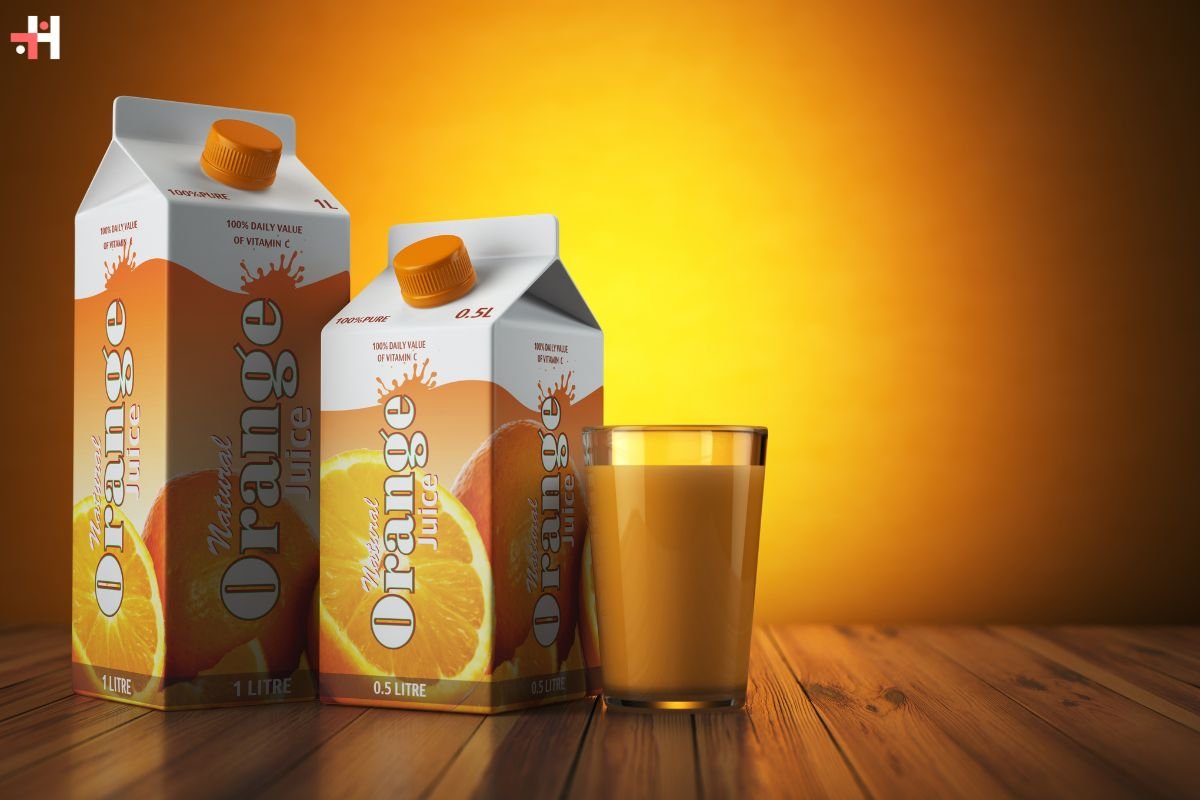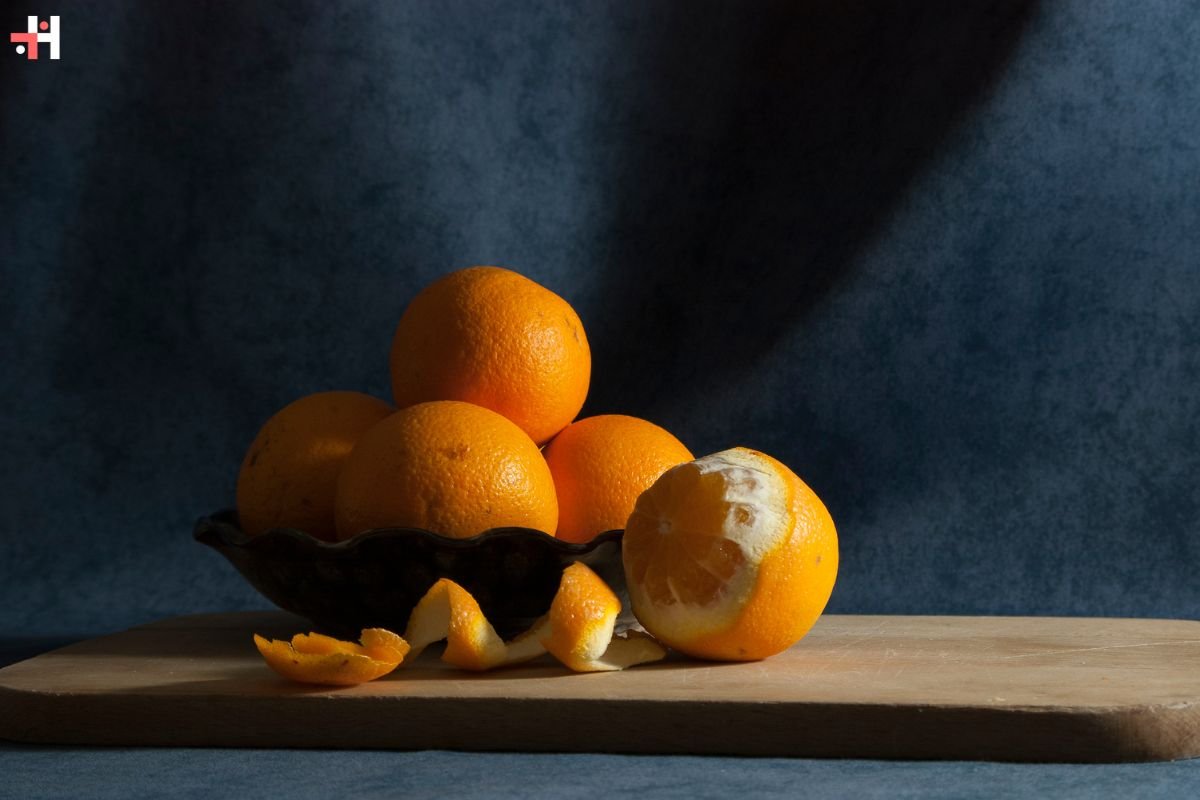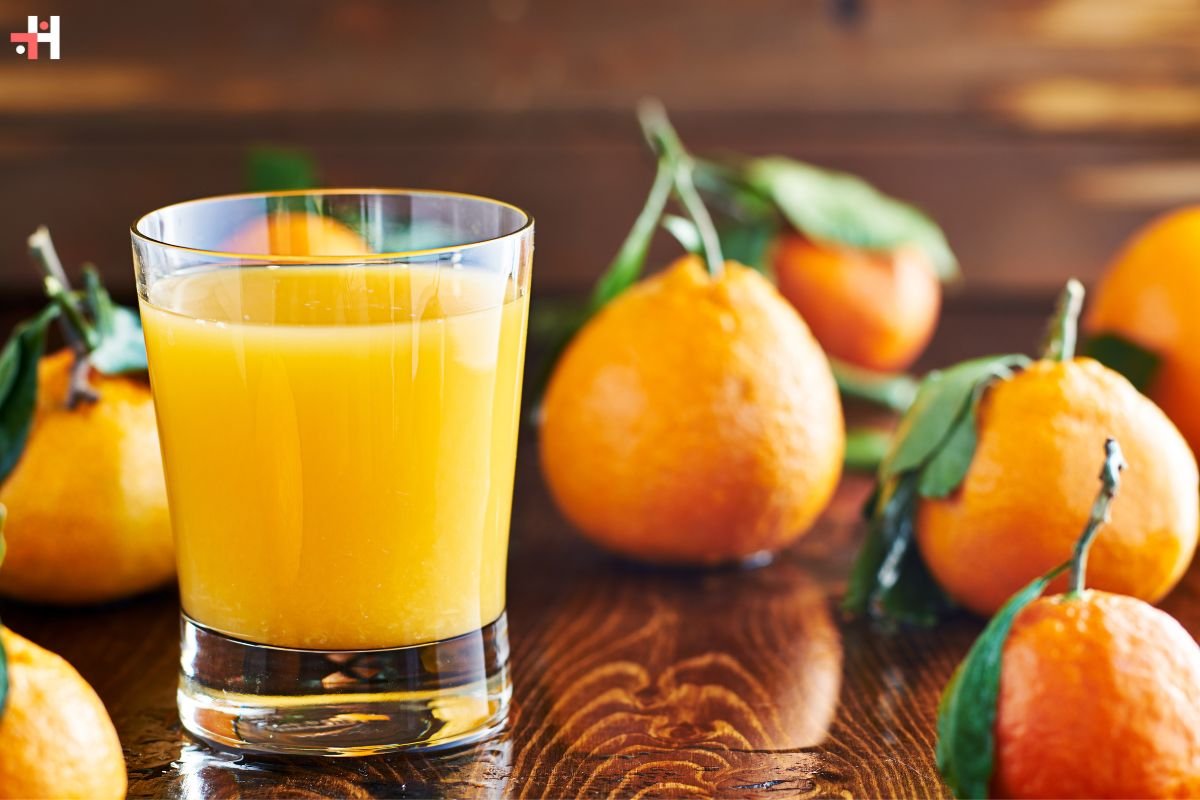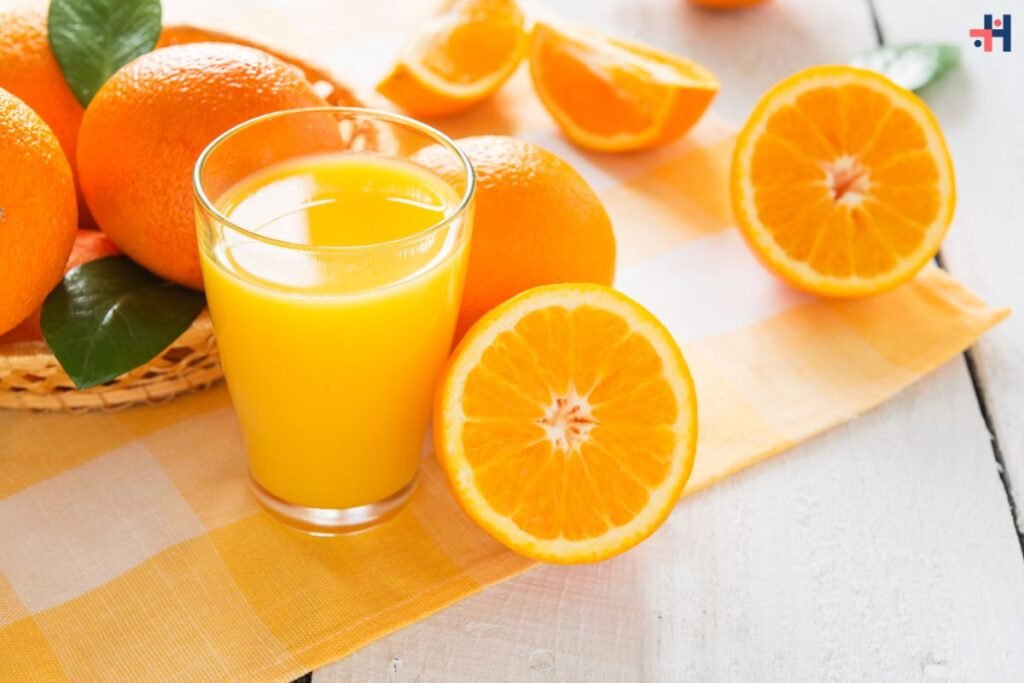Orange juice, the quintessential breakfast beverage, has long held a cherished place in our daily routines. Whether sipped leisurely at brunch or gulped down hurriedly before work, its vibrant hue and tangy flavor awaken our senses and invigorate our mornings. But beyond its refreshing taste lies a world of rich history, scientific inquiry, and cultural significance. In this exploration, we delve deep into the essence of orange juice, uncovering its origins, health benefits, production methods, and the myriad ways it influences our lives.
Origins and Evolution:
The story of orange juice traces back centuries, intertwining with the history of citrus cultivation and trade. Oranges are believed to have originated in Southeast Asia, with cultivation spreading to the Mediterranean region by the time of the Roman Empire. However, it wasn’t until the 20th century that this juice became a ubiquitous presence in households worldwide.
The advent of pasteurization and refrigeration technologies revolutionized the juice industry, allowing for mass production and distribution. In the early 1900s, entrepreneurs like Louis G. Hamlin and Albert Lasker pioneered the commercialization of orange juice, promoting its health benefits and convenience. By the mid-20th century, frozen concentrated juice emerged as a convenient alternative to fresh-squeezed juice, further solidifying its place in American homes.
Health Benefits and Nutritional Value:
Beyond its delightful taste, it boasts an impressive array of health benefits. Rich in vitamin C, potassium, and antioxidants, it supports immune function, cardiovascular health, and overall well-being. Studies have also linked regular consumption of orange juice to reduced risk of chronic diseases such as heart disease and certain types of cancer.
However, it’s essential to note that not all juices are created equal. While freshly squeezed juice retains the highest nutritional value, commercially processed varieties may contain added sugars and preservatives. As such, consumers should opt for 100% pure orange juice without additives to maximize health benefits.
Production Methods and Varieties:

The journey from orchard to glass involves a series of intricate processes designed to preserve the natural flavors and nutrients of oranges. Commercial orange juice production typically begins with fruit selection and harvesting, followed by washing, juicing, and pasteurization. Some manufacturers utilize a process known as ‘flash pasteurization’ to minimize heat exposure and retain freshness.
It comes in various forms, ranging from freshly squeezed to concentrated and reconstituted. Freshly squeezed juice offers unparalleled flavor and nutritional content but has a shorter shelf life. Conversely, concentrated orange juice undergoes dehydration to remove excess water, allowing for long-term storage and transportation.
Cultural Significance and Culinary Applications:
It transcends mere sustenance, playing a significant role in culinary traditions and cultural celebrations around the world. In many cultures, oranges symbolize prosperity, abundance, and good fortune, making orange juice a staple at festive occasions and religious ceremonies.
From classic breakfast pairings like pancakes and waffles to gourmet cocktails and marinades, it serves as a versatile ingredient in countless recipes. Its tangy acidity and natural sweetness enhance both savory and sweet dishes, lending a burst of flavor to marinades, dressings, and desserts.
Environmental Impact and Sustainability:
While orange juice brings joy to millions of people worldwide, its production can have significant environmental implications. Intensive agricultural practices, including pesticide use and water consumption, may contribute to soil degradation and water pollution. Furthermore, the transportation and packaging of orange juice generate carbon emissions and waste, exacerbating climate change and environmental degradation.
To mitigate these impacts, some orange juice producers have adopted sustainable farming practices and eco-friendly packaging solutions. Initiatives such as organic farming, water conservation, and renewable energy usage aim to minimize environmental harm and promote long-term sustainability in this juice industry.
Also Read: Honeydew Melon: A Juicy Tale of Flavor and Nutrition
The Tangy Elixir: Exploring the World of Orange Juice
This, with its vibrant color and invigorating taste, holds a special place in the hearts of many. Its versatility extends beyond breakfast tables and brunch menus; it serves as a muse for artists, a subject of scientific inquiry, and a catalyst for innovation. As we delve deeper into the multifaceted world of orange juice, let us uncover its hidden gems and celebrate its enduring appeal.
Artistic Inspiration and Cultural Influence:

Throughout history, oranges and orange juice have inspired artists, writers, and musicians alike. From still-life paintings depicting luscious citrus fruits to literary references in poems and novels, the orange has permeated various forms of artistic expression. Its vivid hues and evocative scent evoke feelings of warmth, vitality, and nostalgia, transcending cultural boundaries and generations.
In many cultures, oranges symbolize prosperity, fertility, and good fortune, making them a common motif in folklore and mythology. From Chinese New Year celebrations to Mediterranean festivals honoring the harvest season, oranges play a central role in cultural rituals and traditions worldwide. In some cultures, offering oranges as gifts symbolizes hospitality and friendship, fostering connections and strengthening social bonds.
Scientific Inquiry and Nutritional Research:
Its nutritional profile has been a subject of scientific inquiry for decades, with researchers exploring its potential health benefits and therapeutic properties. The high vitamin C content of orange juice makes it a potent antioxidant, helping to neutralize free radicals and reduce oxidative stress in the body. Additionally, orange juice contains flavonoids, phytochemicals, and other bioactive compounds that may confer protective effects against chronic diseases.
Recent studies have also investigated the role of orange juice in promoting gut health and supporting immune function. The prebiotic fibers found in oranges may stimulate the growth of beneficial gut bacteria, enhancing digestive health and immune response. Furthermore, the anti-inflammatory properties of orange juice have been studied for their potential to alleviate symptoms of inflammatory conditions such as arthritis and asthma.
Innovations in Production and Packaging:
As consumer preferences evolve and sustainability concerns rise, the orange juice industry continues to innovate in production methods and packaging solutions. Cold-pressed orange juice, made using hydraulic presses to extract juice without heat or oxygen exposure, has gained popularity for its fresh flavor and nutrient retention. Similarly, high-pressure processing (HPP) techniques have emerged as a non-thermal pasteurization method to extend shelf life while preserving nutritional quality.
Packaging innovations such as eco-friendly cartons, recyclable materials, and reduced plastic usage aim to minimize environmental impact and meet consumer demand for sustainable options. Some companies have even explored alternative packaging formats, such as pouches and biodegradable containers, to reduce waste and promote eco-conscious consumption.
The Future of Orange Juice:

As we look to the future, the orange juice industry faces both challenges and opportunities in meeting evolving consumer preferences and sustainability goals. Rising awareness of health and wellness, coupled with concerns about environmental impact, will shape the trajectory of orange juice production and consumption. From organic farming practices to regenerative agriculture initiatives, stakeholders across the supply chain are exploring innovative solutions to create a more sustainable and resilient orange juice industry.
Technological advancements in farming techniques, processing methods, and distribution systems hold promise for improving efficiency, reducing waste, and enhancing product quality. Additionally, consumer education and transparency initiatives will empower individuals to make informed choices about the orange juice they consume, fostering a culture of health, sustainability, and social responsibility.
Conclusion
Orange juice transcends its role as a mere beverage; it embodies a convergence of art, science, and culture. From its humble origins in ancient civilizations to its modern-day prominence in global markets, orange juice reflects humanity’s enduring quest for nourishment, pleasure, and connection. As we raise our glasses to toast the tangy elixir of life, let us embrace its richness and complexity with gratitude and reverence. Here’s to the timeless allure of orange juice, a source of vitality, inspiration, and joy for generations to come. Cheers!










